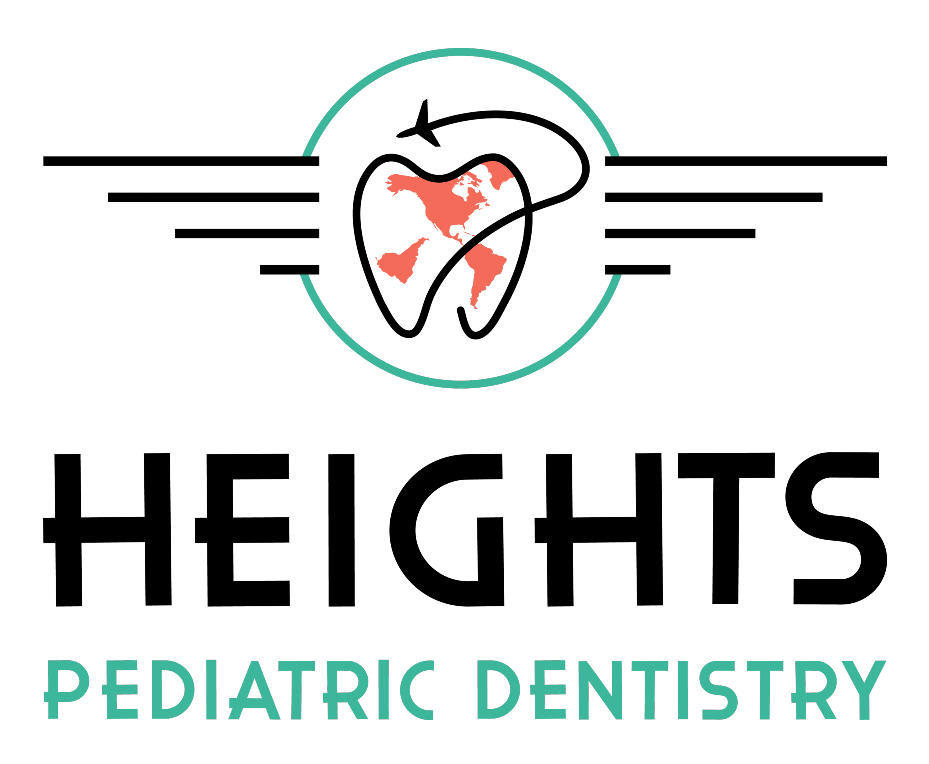
Yes, we encourage caregivers to join their child for their cleaning appointments. However, treatment visits require more focus from the patient and dental team. Updates will be provided to caregivers seated in the lobby along the way.
Per the American Academy of Pediatric Dentistry, at the age of ONE! See our 1st Birthday visits to learn more.
Dr. Carter attended an intense 25-month residency at the University of Florida focused on treating healthy and medically compromised children. This program also included extensive training in behavior management techniques and eduction in growth and development of the pediatric patient.
Decay results when the balance of healthy factors such as cleansing teeth from plaque, use of fluoride and good dietary practices are outweighed by the negative forces of aggressive bacteria, poor oral hygiene and frequent sugar consumption.
Not only are baby teeth functional for chewing and speech, they are also placeholders for the permanent teeth. Baby teeth can develop pain and life threatening infection and premature loss can result in significant orthodontic issues.
Fluoridated tooth paste should be used as soon as the first tooth comes in. The American Academy of Pediatric Dentistry recommends tooth paste in the size of a grain of rice for children under the age of three, and the size of a green pea for those three years and older. This is enough to benefit the teeth, but not harmful when swallowed.
X-rays are diagnostic images that help determine a patient’s risk of decay and gum disease, as well as to evaluate for abnormal growth and development and presence of pathology. These are taken on an as-needed basis depending on your child’s risk of decay, developmental age and as extraordinary situations, such as trauma occur.

